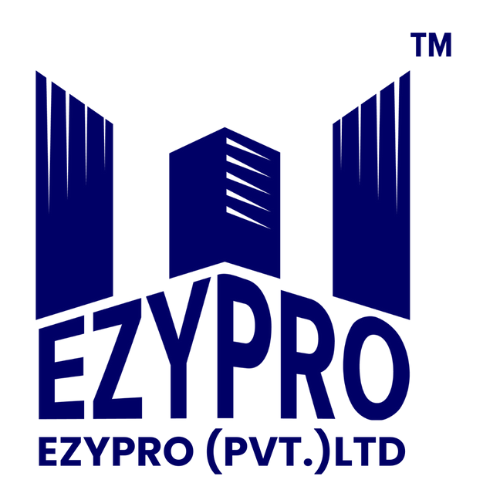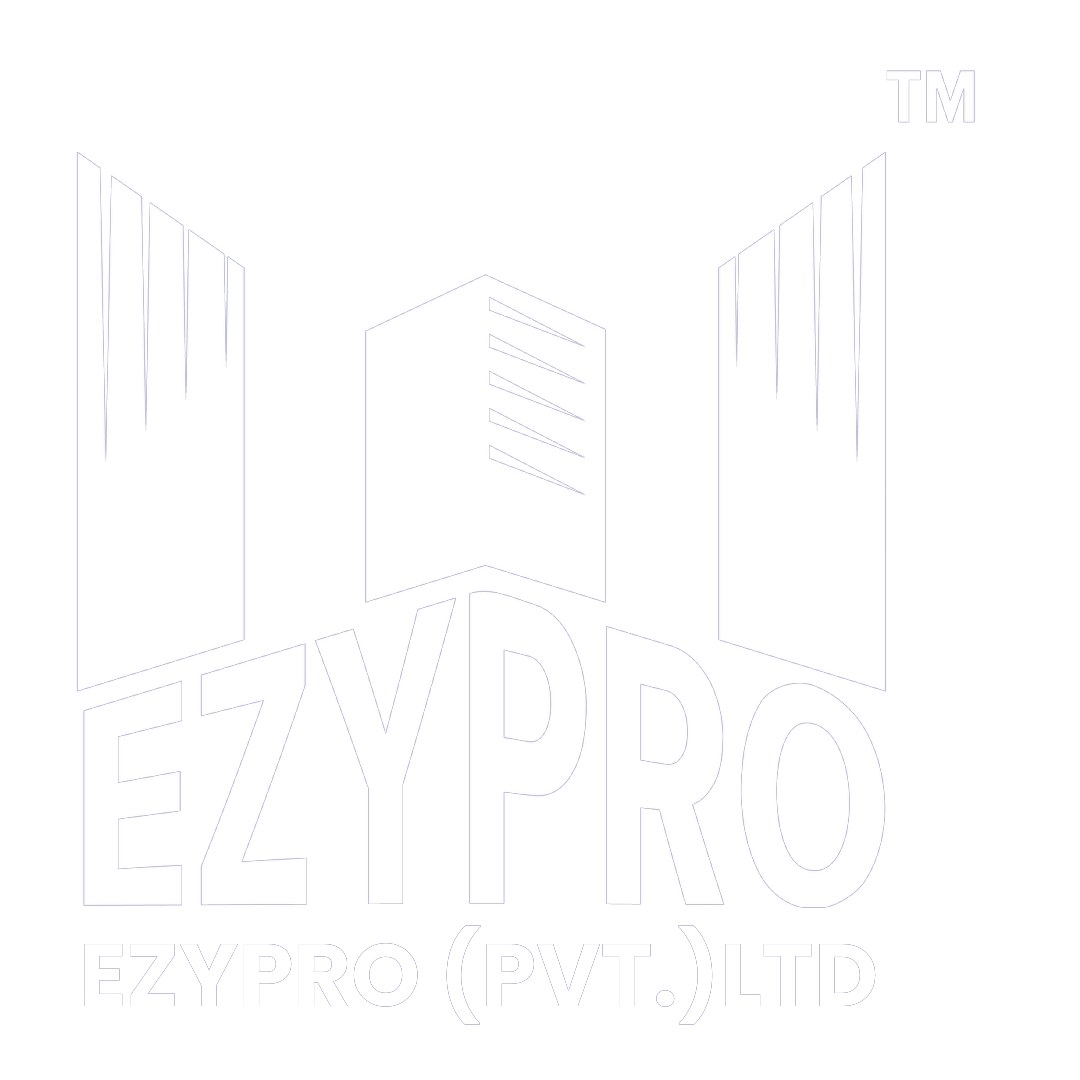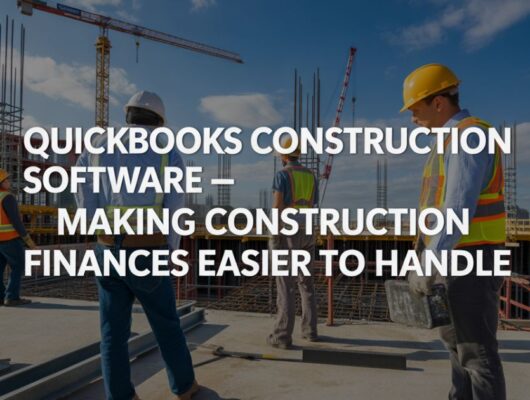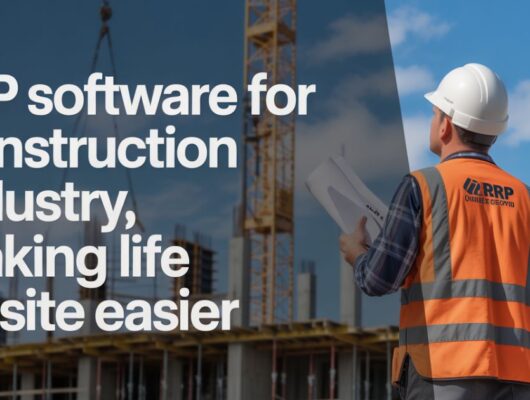Ask anyone in construction, and they’ll tell you this, managing money is often harder than managing people. Between changing costs, multiple projects, and constant invoices, keeping track of it all can get messy fast. That’s where accounting software for construction steps in.
It’s not just about crunching numbers. It’s about bringing order to the chaos.
What Accounting Software for Construction Actually Does
At its core, accounting software for construction is designed to handle the unique financial challenges that builders, contractors, and project managers face every day.
Standard accounting tools often can’t deal with job costing, progress billing, or retention payments. Construction projects are complex, every site, worker, and material comes with its own cost center.
This type of software makes that complexity manageable. It tracks expenses, invoices, budgets, and cash flow for each individual job. You can see exactly where your money is going and how each project is performing financially, all in one place.
Why Regular Accounting Tools Don’t Work
Traditional accounting systems were built for simple businesses, retail stores, freelancers, or offices with stable monthly costs. Construction doesn’t work that way.
Every project is different. Material prices change. Subcontractors send separate invoices. Payments come in phases. Trying to handle all that in Excel or generic accounting software leads to confusion, errors, and wasted time.
Accounting software for construction solves that problem. It’s tailored to project-based work. It lets you monitor costs in real time, manage payroll for multiple sites, and track profit margins job by job.
Key Features That Actually Matter
Not every tool is built the same. When choosing accounting software for construction, look for these essential features:
- Job costing – Breaks down expenses per project so you know what’s profitable.
- Progress billing – Manages partial payments as work moves forward.
- Payroll integration – Handles wages, timesheets, and overtime by site.
- Budget tracking – Compares estimated and actual costs as the project evolves.
- Subcontractor management – Keeps all third-party payments and documents organized.
- Reporting tools – Generates clear financial reports for each project or client.
These features are what separate construction accounting tools from standard bookkeeping apps.
Who Uses It and Why
Accounting software for construction isn’t just for accountants. Contractors, project managers, estimators, and even business owners who want more financial clarity used this for their clarity and ease.
Not only big firms but small firms also use it to stop money leaks before they grow and mid-sized companies rely on it to keep multiple projects under control. And large contractors use it to create precise financial reports for investors and clients.
In short, it helps everyone involved understand the real cost of what’s being built.
Popular Options on the Market
There are many options available today. But few of the most trusted names include:
- QuickBooks for Construction – A familiar name with features tailored for contractors.
- Sage 300 Construction and Real Estate – Designed for complex, multi-project management.
- Buildertrend – Combines accounting, project management, and client communication.
- Foundation Software – Known for strong job costing and payroll capabilities.
- Procore Accounting – Integrates directly with field operations for seamless updates.
Each one serves a different kind of business. Small contractors might prefer QuickBooks or Buildertrend, while larger firms often lean toward Sage or Foundation.
The Real Benefits You’ll Notice
Once you start using accounting software for construction, the difference is clear. You get:
- Fewer financial surprises. Real-time insights into costs and income.
- Better cash flow control. See who owes you and what you owe others.
- Time savings. Automation replaces manual data entry and spreadsheets.
- Smarter decisions. Instant access to project-level profit and loss data.
- Improved compliance. Easier tax tracking and document management.
The software doesn’t just handle accounting, it supports smarter business strategy.
The Technology Behind It
These days the modern tools are cloud-based, meaning your team can access data anywhere, at the office, on-site, or from home. Most systems also integrate with project management or takeoff tools, keeping your data consistent across all platforms.
AI is starting to make an appearance, too. Some systems now predict cost overruns or alert you when expenses drift off-budget. The goal is simple, fewer surprises, more control.
Looking Ahead
Now the world has changed and it has evolved. The market and the construction industry is so competitive now and so the financial precision is turning into a survival skill. Now the era of spreadsheets has gone and one should not rely on it to keep things smart and efficient.
Accounting software for construction is no longer just “nice to have.” It’s a necessity for staying profitable, compliant, and organized.
It ensures every single penny is tracked, every project stays within budget, and every decision is backed by real numbers, not guesses.
Final Thoughts
In construction, money moves fast. Materials, labor, equipment, and deadlines, all fighting for attention. Without the right system, it’s easy for small errors to become big financial headaches. That’s why accounting software for construction matters so much. It gives you control, confidence, and clarity. And in an industry built on precision, that might just be your biggest competitive edge.








